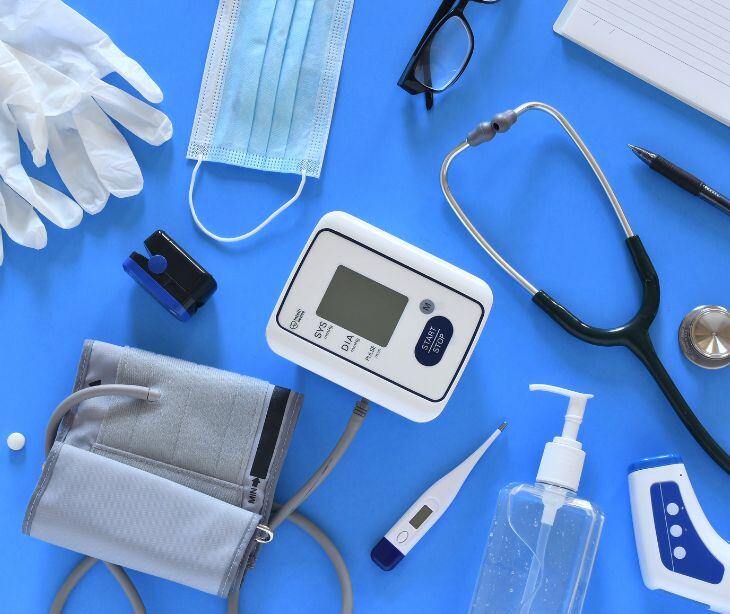
Creating a seamless transition of care procedural plan is necessary to ensure patients receive continuous, coordinated care as they move between different healthcare settings. Without a well-organized plan, patients are at risk of medical errors, miscommunication, and gaps in treatment.
What is a transition of care?
According to a Journal of Nursing Education and Practice study on the nature of transitional care in healthcare, “Transitional care is a set of interventions designed to coordinate the care during the movement between health care settings. This process is intentional, is clearly defined with expectations and accountability, and focuses on the needs of the patient and caregiver.”
A transition of care is the process where a patient moves from one healthcare setting to another, such as from a hospital to their home or from a primary care doctor to a specialist. This process allows patients to receive continuous and coordinated care, reducing the risk of errors and improving overall outcomes. Doctors, nurses, social workers, and other healthcare professionals are responsible for managing these transitions.
Effective communication helps this process along, as it provides all involved parties with information about the patient's medical history, treatment plans, and any specific needs. Clear communication helps make the transition smooth and safe for the patient.
The components of a transition of care procedural plan
- Clear patient discharge instructions.
- Comprehensive medication reconciliation.
- Follow up appointment scheduling.
- Detailed patient education and counseling.
- Effective communication between healthcare providers.
- Identification of potential barriers to care.
- Implementation of patient safety protocols.
- Assessment and documentation of patient needs.
- Engagement of family members and caregivers in the care plan.
- Accurate and complete transfer of medical records.
- Continuous monitoring and support post discharge.
- Identification of potential barriers to care.
- Implementation of patient safety protocols.
How to create a seamless transition of care procedural plan
- Develop a comprehensive transition checklist: Create a detailed checklist that outlines all necessary steps in the transition process. Ensure the checklist is tailored to the specific needs of different types of transitions (e.g., hospital to home, primary care to specialist).
- Assign a transition coordinator: Designate a transition coordinator responsible for overseeing the entire process. This person ensures all steps are followed and acts as a point of contact for the patient and their family.
- Conduct a thorough patient assessment: Before discharge or transfer, perform a comprehensive assessment of the patient’s medical condition, social support, and potential barriers to care. Document these findings clearly.
- Create an individualized care plan: Develop a personalized care plan based on the patient’s assessment. This plan should include specific instructions for medications, follow up care, dietary needs, physical activity, and any special care requirements.
- Ensure medication reconciliation: Review and reconcile all medications with the patient and their family. Provide a clear, updated list of medications, including dosages and administration times. Confirm understanding to prevent medication errors.
- Schedule and confirm follow up appointments: Arrange follow up appointments with primary care providers or specialists before discharge. Use HIPAA compliant text messaging to send appointment reminders and confirmations.
- Provide clear written and verbal instructions: Give the patient and their family clear, easy to understand written and verbal instructions regarding their care plan. Include details on medication, symptom monitoring, and when to seek help.
- Facilitate communication with next care providers: Use HIPAA compliant email to communicate the patient’s care plan, medical history, and any other relevant information to the next care providers. Ensure all information is accurately transferred.
See also: Top 12 HIPAA compliant email services
FAQs
What are the general duties of a healthcare administrator?
A healthcare administrator oversees the operations of healthcare facilities, manages staff, ensures regulatory compliance, and works to improve the quality and efficiency of healthcare services.
How do I choose a primary care physician?
To choose a primary care physician, consider factors such as the doctor's credentials, experience, location, office hours, and whether they are in-network with your insurance plan.
What is the difference between inpatient and outpatient care?
Inpatient care involves staying in a hospital for at least one night for treatment, while outpatient care includes medical services provided without requiring an overnight stay.
Subscribe to Paubox Weekly
Every Friday we'll bring you the most important news from Paubox. Our aim is to make you smarter, faster.



